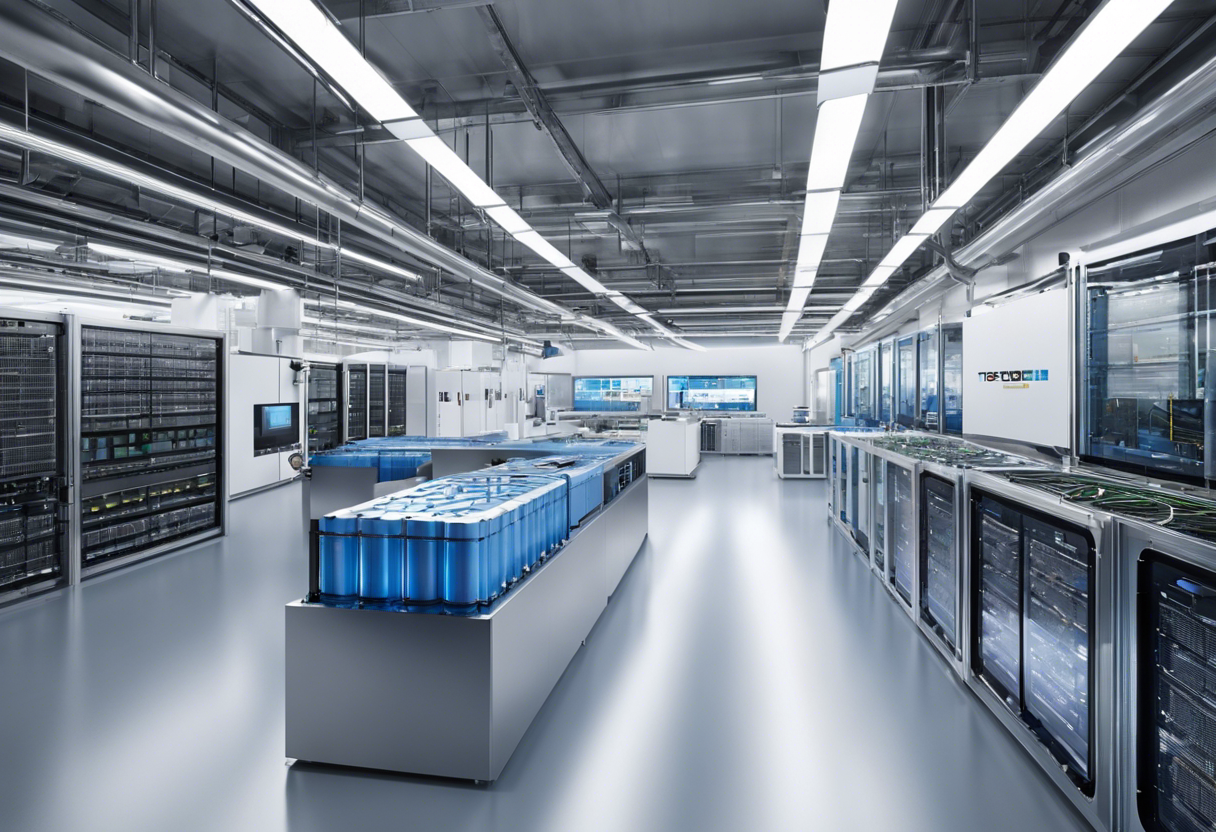- Introduction to Battery OEM Innovations
- Current Landscape of Battery Technology
- Breaking Down OEM Battery Design
- Advancements in Battery Materials and Chemistry
- Manufacturing Techniques: From Lab to Market
- Enhancing Energy Density and Efficiency
- Sustainability in Battery Production
- Integration with Renewable Energy Sources
- Future Trends: Solid-State Batteries and Beyond
- Challenges and Considerations for OEMs
- Implications for Consumer Electronics and Electric Vehicles
- Conclusion: Powering the Future Responsibly
Contents
- 1 Introduction to Battery OEM Innovations
- 2 Current Landscape of Battery Technology
- 3 Breaking Down Battery OEM Design
- 4 Advancements in Battery Materials and Chemistry
- 5 Manufacturing Techniques: From Lab to Market
- 6 Enhancing Energy Density and Efficiency
- 7 Sustainability in Battery Production
- 8 Integration with Renewable Energy Sources
- 9 Future Trends: Solid-State Batteries and Beyond
- 10 Challenges and Considerations for OEMs
- 11 Implications for Consumer Electronics and Electric Vehicles
Introduction to Battery OEM Innovations
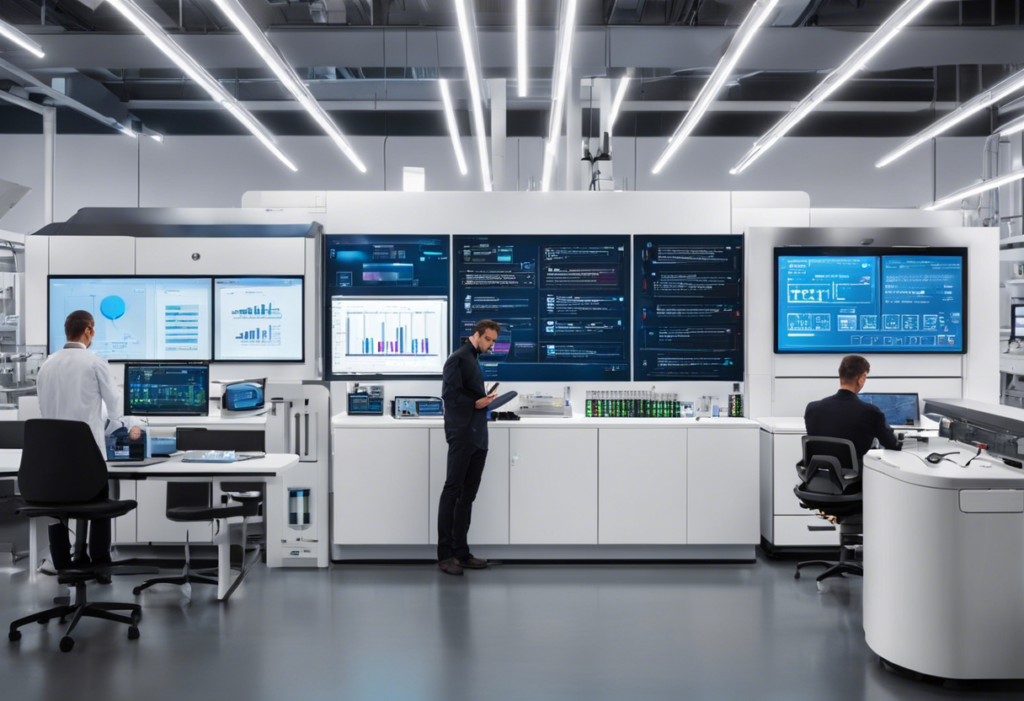
Original Equipment Manufacturers (OEMs) are at the forefront of battery technology evolution, constantly pushing the boundaries of power storage. Innovations in battery OEM design and manufacturing are not only pivotal for consumer electronics but also for transitioning into cleaner automotive and industrial energy solutions. These advancements encompass improvements in energy density, charging speeds, longevity, and sustainability. As Battery OEM grapple with the growing demands for efficient, reliable, and eco-friendly power sources, they integrate cutting-edge materials, sophisticated battery management systems, and innovative production methods to create batteries that are more powerful, durable, and easier to recycle. This continuous progression in battery technology is instrumental in driving the future of various industries and consumer experiences.
Current Landscape of Battery Technology
The field of battery technology is experiencing rapid growth, driven by demand for cleaner energy sources and advancements in consumer electronics. Today’s batteries are more energy-dense, reliable, and environmentally friendly than ever before. Lithium-ion remains the dominant chemistry, with enhancements that reduce reliance on cobalt, thus lowering costs and improving safety. Solid-state batteries are emerging as the next innovation with promises of higher energy density and no flammability. Across industries, from automotive to portable electronics, Battery OEM are investing heavily in battery R&D to secure a competitive edge. Improvements in manufacturing processes further reflect an ongoing journey towards more sustainable, efficient, and powerful energy storage solutions.
Breaking Down Battery OEM Design
Original Equipment Manufacturer Battery OEM design is an intricate process that demands a balance between performance, cost-effectiveness, and longevity. In breaking down battery OEM design:
- Material Selection: Advanced materials like lithium iron phosphate and nickel manganese cobalt are selected for their energy density and durability.
- Cell Structure: Manufacturers are optimizing cell structures to improve energy capacity and reduce physical size, tailoring to specific device needs.
- Thermal Management: Effective cooling systems are integrated to maintain optimal temperatures and prevent overheating, which can lead to battery degradation.
- Modular Design: Flexibility in design allows for easy replacement and upgrades, enhancing the product lifecycle.
- Safety Mechanisms: Incorporation of safety features is critical to prevent overcharging, short-circuiting, and thermal runaway.
- Regulatory Compliance: Batteries are designed in alignment with international safety and performance standards to ensure quality and reliability.
Each of these components is crucial in the development of high-performing, durable, and safe Battery OEM for modern electronic devices and electric vehicles.
Advancements in Battery Materials and Chemistry
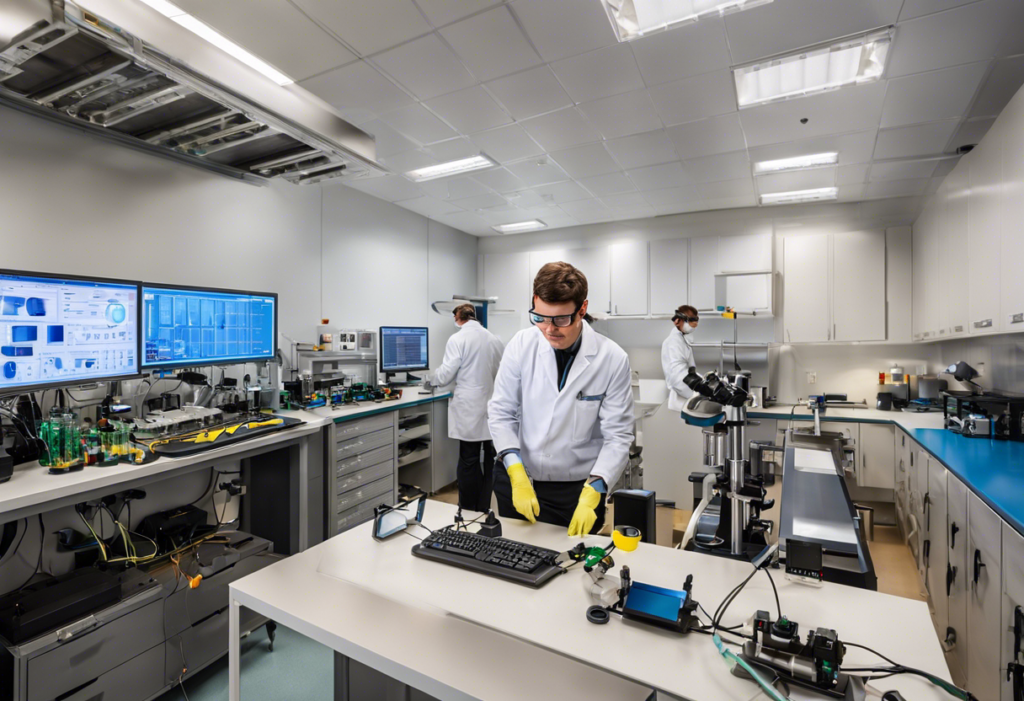
In the realm of battery innovation, significant strides are being made in the development of new materials and chemical compositions.
- Researchers are exploring solid-state electrolytes to replace liquid counterparts, offering higher energy density and safety.
- Lithium-sulfur and lithium-air batteries are on the brink of overcoming their technical challenges, promising a revolution in energy capacity.
- Advances in nanotechnology have enabled an improvement in the performance of traditional lithium-ion batteries, making them more efficient.
- The integration of graphene and other two-dimensional materials has resulted in batteries with faster charging times and longer lifespans.
- Alternative chemistries, such as sodium-ion, are emerging to provide cost-effective and abundant solutions for energy storage.
Each breakthrough contributes to the enhancement of overall battery performance, advancing the potential for more sustainable and reliable power sources.
Manufacturing Techniques: From Lab to Market
The path from laboratory innovation to market-ready battery products involves a multidisciplinary approach, combining chemistry, engineering, and process optimization.
- Initial prototyping often occurs in a lab setting, where the focus is on proving the concept and refining the electrochemical properties of new battery designs.
- Scale-up involves translating lab-scale success to larger production volumes. It requires re-engineering components and processes to be cost-effective, reliable, and reproducible at scale.
- Pilot production tests manufacturing techniques under near-operational conditions, uncovering potential issues in throughput, quality control, and efficiency.
- Mass production begins once pilot runs validate the manufacturing process. It’s a phase where advanced automation, quality assurance systems, and supply chain logistics play key roles in cost reduction and market penetration.
- Continuous improvement through feedback loops, ensures consistent advancements in design and manufacturing, maintaining a competitive edge in the market.
Enhancing Energy Density and Efficiency
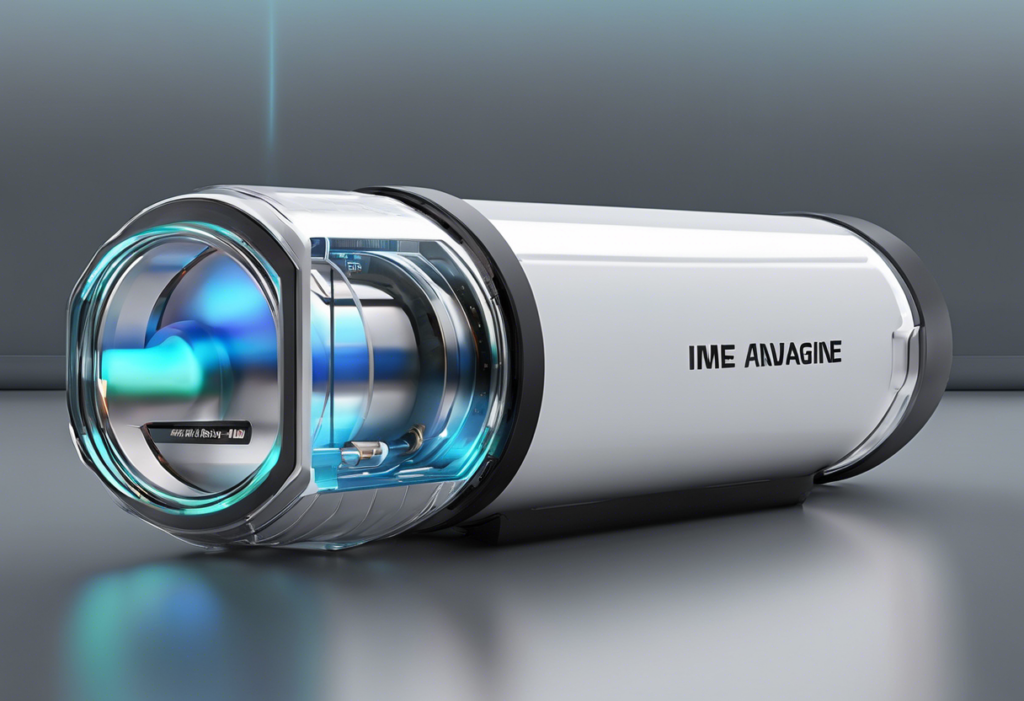
Innovations in battery design are yielding significant advancements in both energy density and efficiency. Manufacturers are employing novel materials and chemistry, such as lithium-sulfur and solid-state electrolytes, promising higher energy capacities with lighter weights. Advances in nanotechnology are leading to more effective use of active materials, thereby maximizing the available power. Simultaneously, improvements in thermal management systems ensure that cells operate optimally, reducing energy waste. Sophisticated battery management systems (BMS) fine-tune power delivery and enhance overall performance, which is crucial for extending the lifespan of Battery OEM. Through meticulous manufacturing processes, these enhancements in energy density and efficiency are setting the stage for a new era of powerful, long-lasting, and sustainable battery solutions.
Sustainability in Battery Production
OEMs are increasingly focused on sustainable battery production. This involves:
- Sourcing raw materials responsibly to minimize environmental impact.
- Implementing closed-loop manufacturing systems to recycle materials.
- Employing energy-efficient production technologies.
- Advancing toward the use of green energy sources in manufacturing processes.
- Designing batteries with longer lifecycles to reduce waste.
- Developing scalable processes for battery refurbishment and recycling.
These strategies not only enhance environmental stewardship but also align with consumer demand for eco-friendly products, positioning Battery OEM at the forefront of sustainable innovation in power solutions.
Integration with Renewable Energy Sources

As the world pivots towards sustainability, Original Equipment Manufacturer Battery OEM design and manufacturing are aligning with renewable energy sources. Innovations focus on compatibility with intermittent power generation. This means Battery OEM must efficiently store energy from solar and wind sources, where:
- Adaptive charging algorithms optimize energy intake during peak generation times.
- Enhanced cycle life ensures longevity, despite irregular charge patterns.
- High-density energy storage maximizes the utilization of limited space in urban environments.
- Advanced thermal management systems maintain battery efficiency across diverse climates.
Together, these advances enable seamless integration, ensuring that renewable energy systems are reliable and effective, both now and into the future.
Future Trends: Solid-State Batteries and Beyond
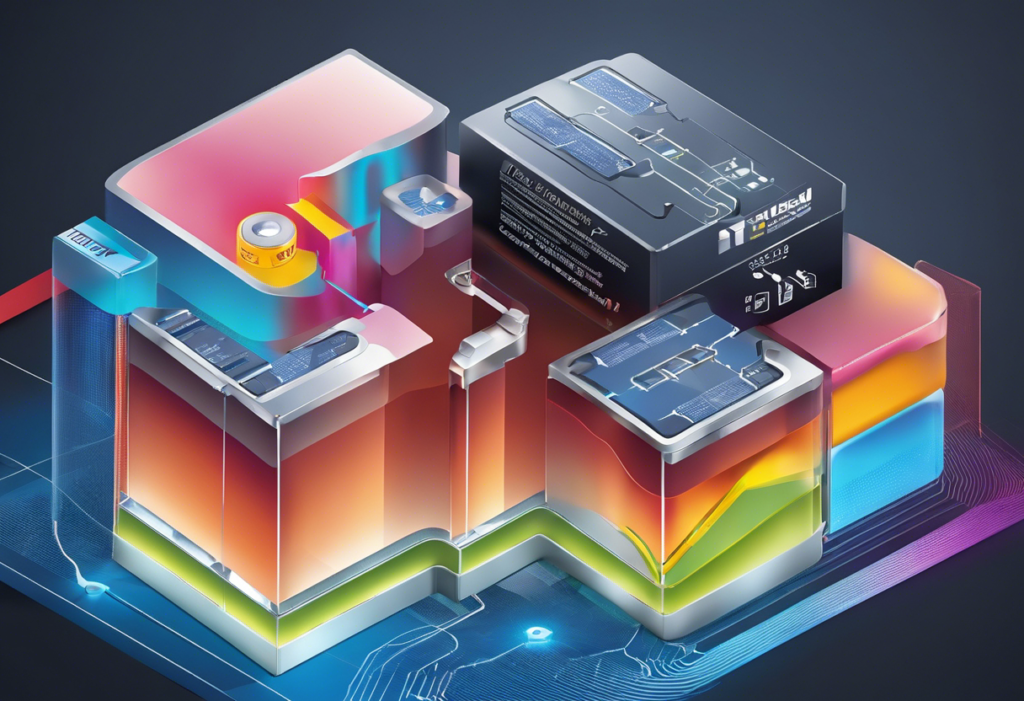
The battery landscape is witnessing a significant shift with the advent of solid-state batteries, promising higher energy density and safety compared to traditional lithium-ion technology. Industry pioneers are exploring:
- Advanced Materials: Innovative electrolyte materials enhance stability and conductivity.
- Scalable Manufacturing: Processes aim to deliver solid-state solutions at competitive costs.
- Next-Gen Integration: Battery OEM integrate solid-state batteries into diverse applications, from consumer electronics to electric vehicles.
- Beyond Solid-State: Research into lithium-air and nano-enabled batteries foretells a wave of ultra-high-capacity power sources.
- Sustainable Solutions: Emphasis on recyclability and use of eco-friendly materials is gaining traction.
The research, development, and eventual mainstream adoption of these technologies will redefine Battery OEM design and manufacturing, steering the industry towards a more efficient, safe, and sustainable future.
Challenges and Considerations for OEMs
Original Equipment Manufacturers (OEMs) face a complex landscape when innovating battery design and manufacturing. Considerations include:
- Ever-evolving Technology: Staying ahead in a market with rapid technological advancements requires significant R&D investment.
- Supply Chain Management: Ensuring a reliable supply of raw materials, especially with geopolitical and economic fluctuations, poses a significant challenge.
- Regulatory Compliance: Adhering to a growing body of international, federal, and local regulations can be daunting and costly.
- Sustainability Concerns: Pressure to minimize environmental impact requires the development of eco-friendly production methods and recycling programs.
- Cost Efficiency: Balancing the cost of innovation with marketplace competitiveness is critical for Battery OEMBattery OEM success.
- Safety Standards: High standards for safety and quality control are non-negotiable but add layers of complexity.
- Consumer Expectations: Meeting consumer demand for longer battery life and faster charging times while maintaining small form factors is a persistent hurdle.
- Intellectual Property Issues: Navigating patent landscapes and protecting proprietary technology present ongoing legal challenges.
OEMs must adeptly manage these issues to succeed in the dynamic field of battery technology.
Implications for Consumer Electronics and Electric Vehicles
Advancements in Battery OEM design and manufacturing hold transformative potential for consumer electronics and electric vehicles (EVs).
- Enhanced Longevity: By focusing on extending battery life, consumers could see electronic devices and EVs that last longer, reducing the frequency of replacements and promoting sustainability.
- Increased Energy Density: Improved energy density means smaller, lighter batteries, leading to slimmer electronics and more compact EVs without sacrificing performance.
- Faster Charging: Innovations aimed at reducing charging times will cater to the on-the-go lifestyle of tech users and alleviate range anxiety for EV drivers.
- Cost Efficiency: Developments in manufacturing processes aimed at reducing costs will make electronics and EVs more accessible to a broader market, potentially accelerating adoption.
- Safety Improvements: Technological breakthroughs in battery safety can foster more confidence in electronic devices and EVs, encouraging consumer uptake.
With these advancements, the intersection of user experience and environmental impact is poised to define the next generation of consumer technology and transportation.
Conclusion: Powering the Future Responsibly
The future of power lies in the balance between innovation and ecological mindfulness. Original Equipment Manufacturers (OEMs) are pivotal in forging a path to sustainable energy solutions. They must prioritize:
- Advancements in Battery Efficiency: Pursuing longer-lasting, higher-density batteries.
- Eco-friendly Materials: Reducing reliance on rare, toxic, or non-recyclable components.
- Scalable Production: Fostering manufacturing processes that cater to growing global demands while minimizing environmental impact.
- Lifecycle Management: Implementing strategies for battery reuse, recycling, and end-of-life disposal.
- Regulatory Compliance: Ensuring adherence to evolving global standards and practices.
In this endeavor, OEMs not only drive technological progress but also uphold their responsibility to the planet and future generations. Join us, Solar Battery Manufacturer, in shaping a sustainable future powered by cutting-edge OEM battery innovations. Explore our range of solar-powered batteries that seamlessly integrate with renewable energy sources, providing reliable, eco-friendly solutions for consumer electronics and electric vehicles. Embrace the future responsibly – choose Solar Battery Manufacturer.
